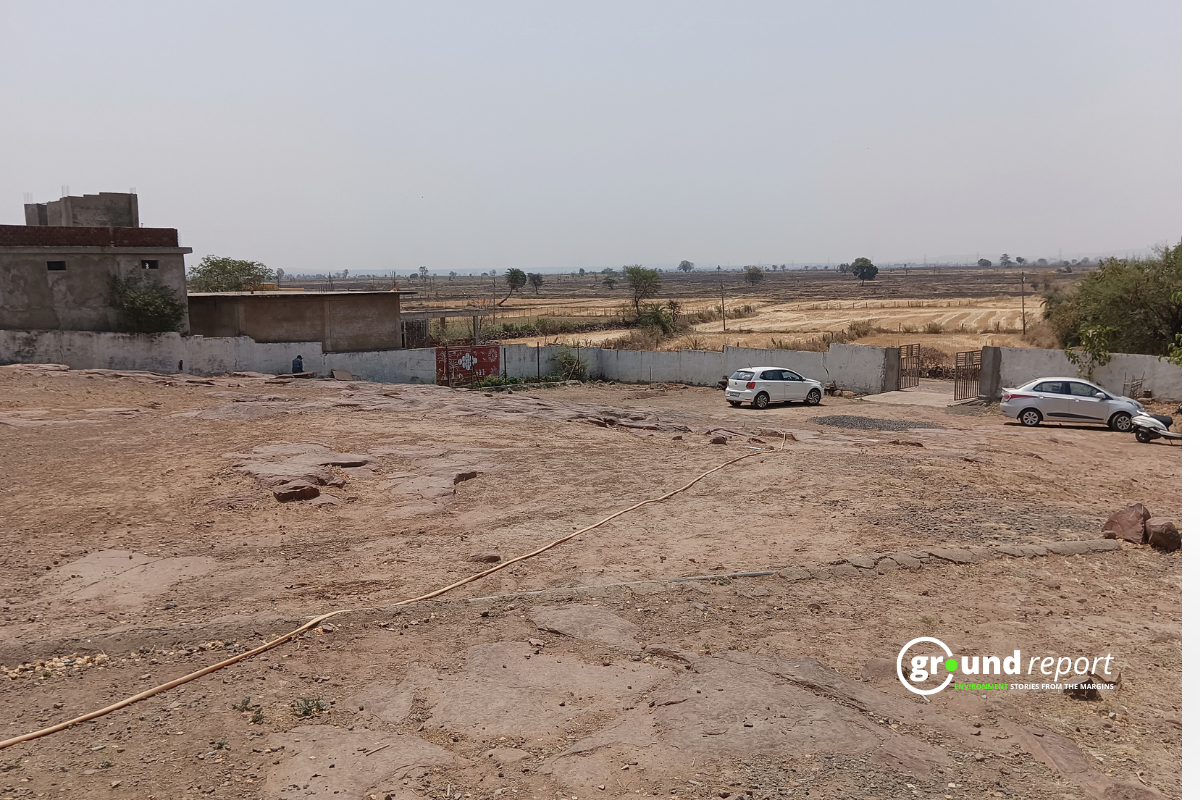In recent weeks, India has been experiencing unexpected rain showers, particularly in the northern and western regions. The abrupt change in climate has been attributed to the Western Disturbance, a weather phenomenon that occurs every year. During the months of March and April, India experienced six western disturbances, which experts believe could be the reason for the unusual weather patterns in May.
Unseasonal rains
The Western Disturbance is an area of low pressure that forms over the Mediterranean Sea and moves east towards the Indian subcontinent. It is known to bring heavy rain and snowfall to the northern regions of India, especially in the winter months.
However, this year, the western disturbance has caused a cyclonic circulation over Haryana and Punjab, bringing rain to northern and western India.
The western disturbance, anticyclonic activity in southern India has also contributed to the change in weather patterns. Anticyclones are areas of high pressure that spin clockwise, causing dry and sunny conditions. However, in this case, anti-cyclonic activity in southern India has created unstable weather conditions, leading to rain in other parts of the country.
Impact of El Niño
Recent climate changes in India may result in a severe summer compared to last year, partly due to the impact of El Niño. El Niño is a phenomenon characterized by the warming of the ocean surface in the central and eastern tropical Pacific Ocean that can affect weather patterns globally.
This could potentially worsen rainfall patterns not only in India but also in other parts of the world. The effects of global warming are also becoming more evident in many countries around the world.
In southern India, an anticyclonic circulation has formed, resulting in dry weather conditions in that region. This has created a pressure gradient that has contributed to the formation of a cyclonic circulation over Haryana and Punjab, resulting in precipitation across northern and western India.
Another factor that may be contributing to the unseasonal rains is the impact of global warming. Climate change has caused a warming of the oceans, which in turn has caused changes in atmospheric circulation patterns. These changes can lead to extreme weather events, such as heavy rains and droughts.
The question of whether unseasonal rains will affect the upcoming monsoon season is a complex one. The monsoon season in India normally runs from June to September, and most of the country’s annual rainfall occurs during this time. The unseasonal rains that India has been experiencing in May could affect the monsoon season in a number of ways.
For a normal monsoon season, sufficient heating is essential, but this year there was not much heat in April and early May. Experts suggest that this change in climate may directly affect the monsoon season. While forecasters don’t predict a significant impact on the monsoon, it’s worth noting that their predictions have been wrong in the past.
Impact of April rainfall on monsoon
M Rajeevan, former Secretary of the Ministry of Earth Sciences said that the current low levels of heating during April and May could have an impact on the arrival of the monsoon season from the southwest.
He explained that when there is less heating in heatwave-prone areas like northwestern India, it creates an area of low pressure that is essential for the monsoon. If this low pressure does not form, it weakens the monsoon circulation and delays its start. Although it may not affect the total monsoon season, it could still affect the timing of the monsoon arrival.
During the months of April to June, as the sun’s rays move north and heat the Arabian Sea and the land at the same latitude, an area of low pressure is created. The land absorbs the heat, creating a crucial band of intense heat and low pressure known as the monsoon trough, where moisture-laden winds blowing from the Arabian Sea mostly convert to rain.
Unseasonal rains could have a positive impact on the monsoon season. The rains can help replenish groundwater levels and increase soil moisture, which could benefit crops and lead to a better harvest.
What is impact of unseasonal rains?
Unseasonal rains can have a significant impact on various sectors of the economy, especially the agricultural sector, which is highly dependent on weather patterns. Crop losses due to unseasonal rains can cause an increase in the prices of basic products, which affects people’s consumption patterns.
The construction sector is also affected, as unseasonal rains can disrupt construction activities and cause prices for raw materials such as cement and steel to rise.
The social impact of unseasonal rains is significant, especially on vulnerable sectors of society, such as small farmers, day labourers, and migrant workers. These groups are already struggling to make ends meet, and crop failures due to unseasonal rains may push them further into poverty.
Keep Reading
Part 1: Cloudburst in Ganderbal’s Padabal village & unfulfilled promises
India braces for intense 2024 monsoon amid recent deadly weather trends
Support us to keep independent environmental journalism alive in India.
Follow Ground Report on X, Instagram and Facebook for environmental and underreported stories from the margins. Give us feedback on our email id greport2018@gmail.com.
Don’t forget to Subscribe to our weekly newsletter, Join our community on WhatsApp, and Follow our YouTube Channel for video stories.







